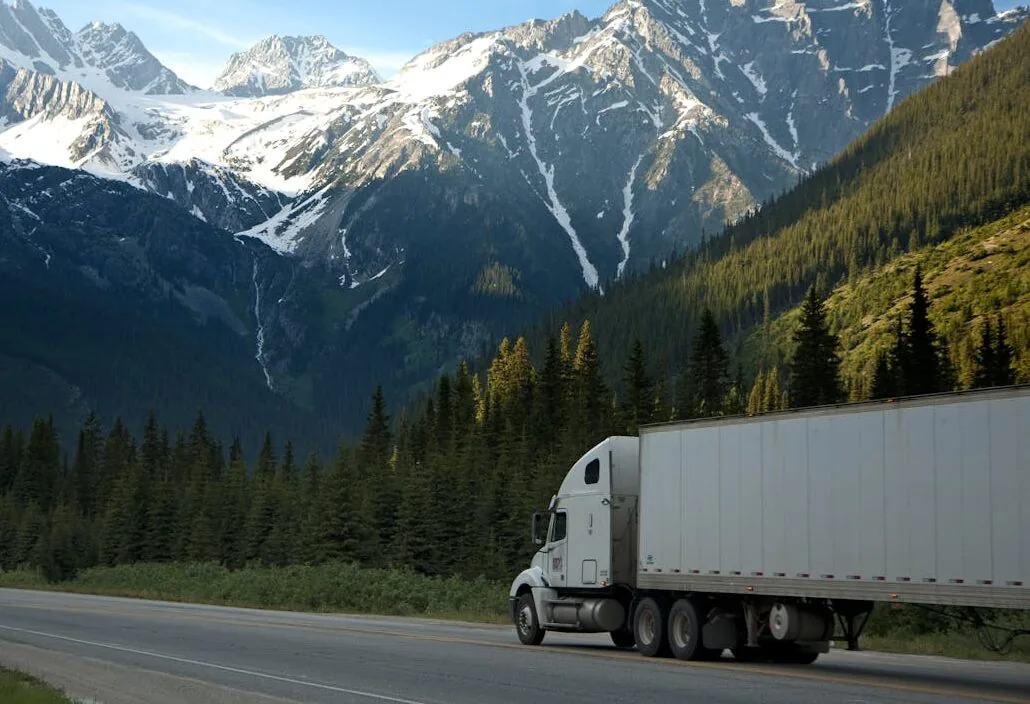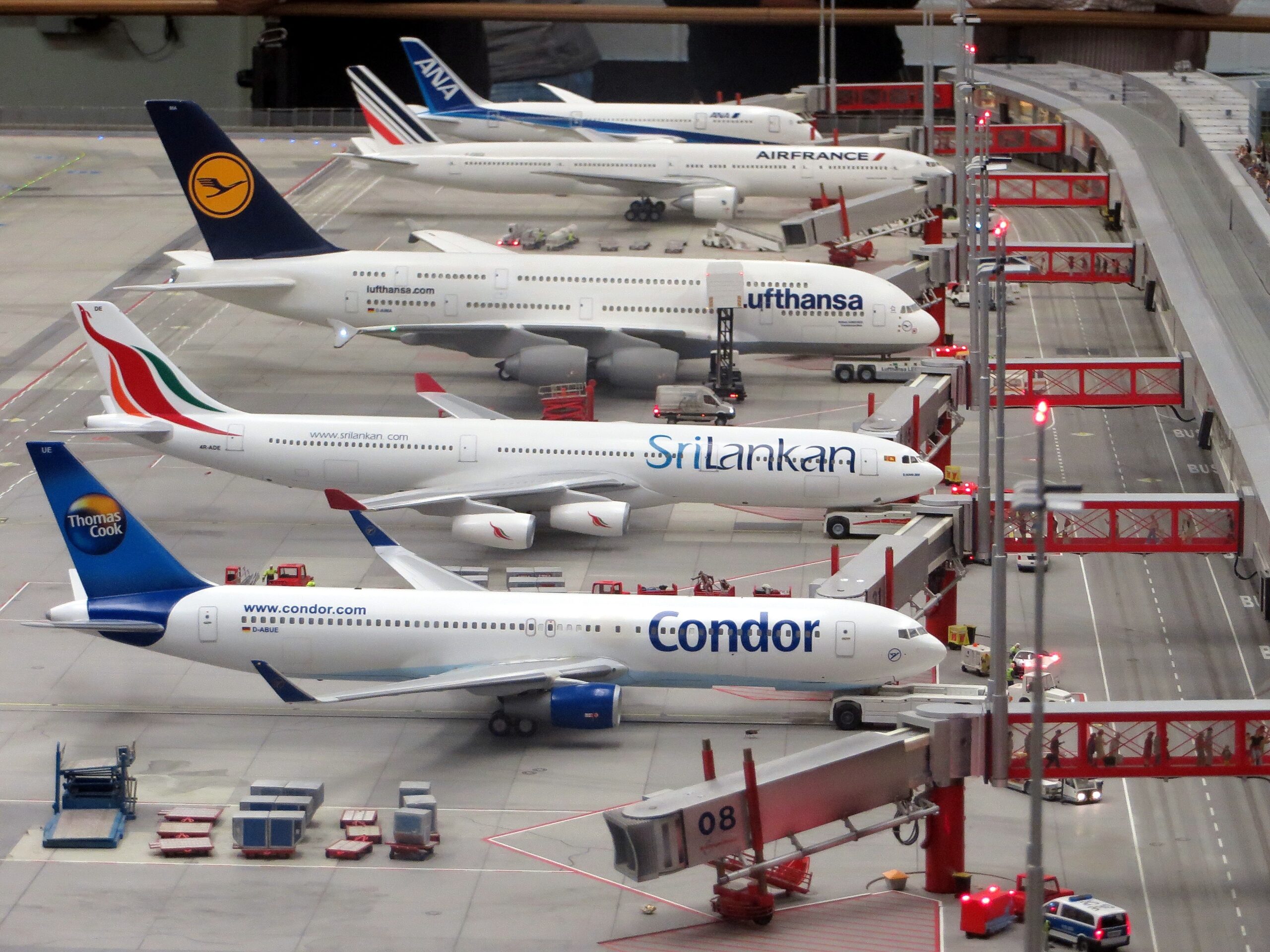The 4th of July is synonymous with backyard barbecues, parades, and of course, spectacular fireworks shows. This national holiday, celebrating America's independence, isn't just a significant cultural event; it's a major economic driver, particularly for the fireworks industry. Have you ever wondered how many fireworks are produced in the US each year for the 4th of July? Let's dig into the fascinating world of pyrotechnics and uncover some surprising statistics.
The Explosive Popularity of Fireworks on Independence Day
Every year, millions of Americans gather to watch fireworks light up the night sky. But the sheer volume produced for this single day is staggering. The fireworks industry sees one of its most substantial booms during the 4th of July. Fireworks aren't just a symbol of celebration; they are a major business.
A Historical Perspective on Fireworks
Fireworks have been a part of Independence Day celebrations since the very first 4th of July in 1777. They were used to symbolize the "rockets' red glare" mentioned in the national anthem. Over the centuries, the tradition has only grown, with technological advancements making fireworks shows more elaborate and widespread.
Modern Day Demand
In recent years, the demand for fireworks in the US has skyrocketed. According to the American Pyrotechnics Association (APA), Americans purchase nearly 300 million pounds of fireworks annually. While the 4th of July accounts for the lion's share of this consumption, the numbers keep rising each year, showcasing the holiday's impact on the industry.
Economic Impact and Industry Growth
The fireworks industry in the US generates over $1 billion annually, with Independence Day being the peak season. Retailers and pyrotechnics companies ramp up production and stock months in advance to meet the massive demand, contributing significantly to the economy.
The Complex World of Fireworks Production
Understanding how many fireworks are produced each year involves looking at the intricate production processes, from raw materials to the final dazzling display.

Raw Materials and Manufacturing
Fireworks are composed of various chemicals and materials, including gunpowder, metals, and binding agents. The production process is highly specialized, requiring precision to ensure safety and quality. Factories across the country work round the clock to produce the vast quantities needed for the 4th of July.
Safety Regulations and Quality Control
Given the inherent dangers of fireworks, stringent safety regulations are in place. Organizations like the Consumer Product Safety Commission (CPSC) and the APA oversee the industry to ensure that all products meet strict safety standards. This includes everything from the manufacturing process to the final sale.
Distribution and Logistics
Once produced, fireworks must be distributed across the country. This involves complex logistics, with transportation companies coordinating to ensure timely deliveries to retailers and event organizers. The weeks leading up to the 4th of July are particularly hectic as last-minute orders flood in.
Fireworks and Retail Sales
The retail side of the fireworks industry is just as crucial. Stores across the country see a surge in sales as consumers stock up for their private celebrations.
Seasonal Sales Surge
Retailers prepare months in advance for the 4th of July rush. This period accounts for a significant portion of their annual sales. From small family-owned shops to large chain stores, everyone benefits from the heightened demand.
Popular Products
Certain types of fireworks are perennial favorites among consumers. Sparklers, firecrackers, and aerial shells are top sellers. Retailers also offer themed assortments and exclusive deals to attract customers, ensuring there's something for every taste and budget.
Consumer Trends
Trends in consumer behavior reveal interesting patterns. For example, there is a growing interest in DIY fireworks kits and interactive products that allow consumers to create their own displays safely. This trend reflects a desire for more personalized and hands-on experiences.

The Role of Technology in Fireworks
Technological advancements have had a profound impact on the fireworks industry, enhancing both production and performance.
Innovations in Pyrotechnics
Modern pyrotechnics have come a long way from traditional designs. Innovations such as computer-controlled firing systems and synchronized displays have revolutionized the industry. These technologies allow for more precise and elaborate shows, captivating audiences with intricate patterns and timing.
Virtual Fireworks
In response to the COVID-19 pandemic, virtual fireworks displays emerged as a creative solution to social distancing restrictions. These digital shows, often accompanied by augmented reality (AR) elements, provided a unique way for people to enjoy fireworks safely from their homes.
Future Prospects
The future of fireworks looks bright, with ongoing research into new materials and technologies. Innovations such as noise-reducing fireworks and enhanced visual effects promise to take the art of pyrotechnics to new heights.
Challenges Facing the Fireworks Industry
Despite its popularity, the fireworks industry faces several challenges that need to be addressed to ensure its sustainability.

Regulatory Hurdles
Navigating the complex web of regulations is a significant challenge for fireworks manufacturers and retailers. Ensuring compliance with safety standards while maintaining profitability requires careful planning and investment.
Environmental Concerns
The environmental impact of fireworks is an ongoing concern. Efforts to develop eco-friendly alternatives are crucial to minimizing the industry's ecological footprint and ensuring its long-term viability.
Safety Issues
Ensuring the safety of both producers and consumers is paramount. The industry must continually invest in research and development to improve safety protocols and reduce the risk of accidents.
Conclusion
The fireworks industry plays a significant role in American culture and economy, especially during the 4th of July celebrations. From the intricate production processes to the dazzling public displays, fireworks bring joy and wonder to millions of people. However, the industry also faces challenges that require ongoing innovation and adaptability.
For those interested in learning more about the fireworks industry and its impact, we encourage you to explore further resources and stay informed about the latest developments. Whether you're a business professional or a curious enthusiast, understanding the dynamics of this fascinating industry can provide valuable insights and appreciation for the art of pyrotechnics.
Remember, the next time you watch a fireworks show, you're witnessing the culmination of centuries of tradition, innovation, and celebration. Happy Independence Day!

Logistics’ Biggest Pain Points and How You Can Mitigate Them
In logistics and warehousing, success is defined by efficiency, reliability, and adaptability. Yet, this industry faces significant challenges that can disrupt operations and impact profitability. For managers, supervisors, and business owners involved in logistics management,…
Read More

A Pink Halloween: Supporting Breast Cancer Awareness Month
Each year, SkillsetGroup likes to get in the holiday spirit in different ways. In the past we have done our decoration contests for Halloween with each office vying to take the lead. This year, we…
Read More

Aerospace Engineering: Let Your Career Take Flight
Imagine a world where you can design the spacecraft that ventures into the depths of space or the cutting-edge aircraft that revolutionizes air travel. Aerospace engineering is at the core of these innovations, making it…
Read More

Human Resources: Becoming a Vital Resource for Your Company
The field of Human Resources (HR) is more than just a department that handles hiring and firing. For many, it’s a gateway to a fulfilling career path. But how do you penetrate this indispensable sector?…
Read More

